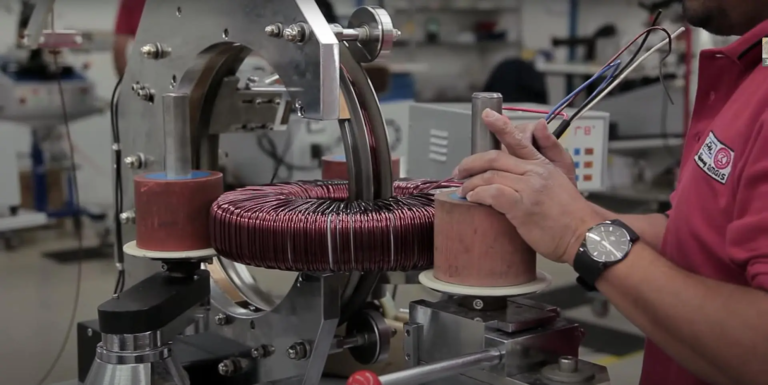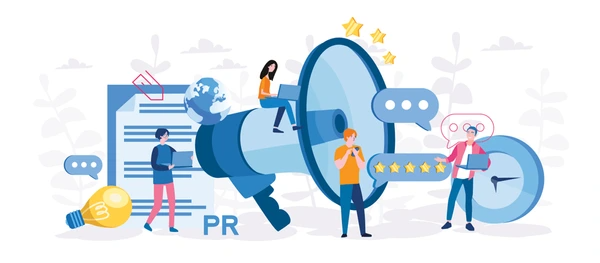The Green Living Guide: A Path to Sustainable Solutions
Key Takeaways
- Understanding eco-friendly waste management practices can contribute to a healthier planet.
- Businesses may significantly reduce their carbon footprint by using sustainable waste management methods.
- Composting and recycling are two effective strategies for minimizing waste impact.
Why Sustainable Waste Management Matters
With the world’s massive ecological footprint, effective waste management has become a critical component of environmental responsibility. Over 2 billion tons of trash are created globally yearly, creating substantial ecological hazards if improperly handled. Implementing eco-friendly practices is, therefore, imperative in mitigating environmental damage and promoting sustainable living. Both businesses and people may take actions to lessen their ecological effects, such as strengthening recycling systems. One practical solution is using a cardboard baler that efficiently compacts waste materials, reducing their volume and easing recycling. The public can take actionable steps to reduce its environmental impact and foster healthier ecosystems and communities through these methods.
Composting: Nature’s Way of Recycling
Composting is another powerful method for sustainable waste management. Composting enriches soil and boosts plant growth by allowing organic waste to decompose naturally while significantly reducing landfill waste. Composting mimics nature’s recycling process, turning organic matter into nutrient-rich soil. This soil improves plant health and limits erosion and water runoff during heavy rains. The EPA highlights these benefits, noting how composting reduces greenhouse gases and encourages biodiversity by nurturing soil health. Home composting systems and community-based initiatives can successfully integrate this practice, enabling individuals and organizations to contribute to a sustainable future by simply discarding kitchen waste responsibly.
Recycling: Turning Waste into Resources
Recycling is vital to sustainable waste management, focused on converting waste into valuable resources. This systematic approach preserves finite natural resources and curbs the release of harmful emissions. According to the World Wildlife Fund, recycling is integral to decreasing pollution by creating new products. It also reduces damage to the natural environment, reduces energy usage, and lowers carbon footprints. Incorporating tools like balers into recycling routines helps streamline the process, enabling easier storage and transportation and ensuring the maximum possible waste is recycled effectively.
Practical Steps for Businesses
- Conduct a Waste Audit: Identify key sources within the organization to tailor waste reduction strategies better. Understand the types of waste your business produces and consider how these can be minimized or recycled.
- Implement Tailored Recycling Programs: Develop recycling programs that align with your company’s specific waste profile. Use dedicated receptacles for different types of recyclables and educate staff on what can and cannot be recycled.
- Employee Training: Engage employees by providing training sessions on eco-friendly practices. Encourage simple, everyday actions like double-sided printing or switching off lights during breaks to reduce waste and energy consumption.
The Role of Governments and Policies
Governments worldwide wield significant influence over waste management by implementing sustainability policies. These policies set the framework within which businesses and the general public operate, encouraging environmental responsibility. By promoting recycling initiatives and providing incentives for waste reduction, government regulations can act as catalysts for change. For example, many regions have adopted stricter recycling regulations, which have been proven to increase recycling rates and reduce landfill dependency. Governments also often support research and development of new waste management technologies, bridging the gap between current practices and a sustainable future.
Also read: Safe Learning Environments







